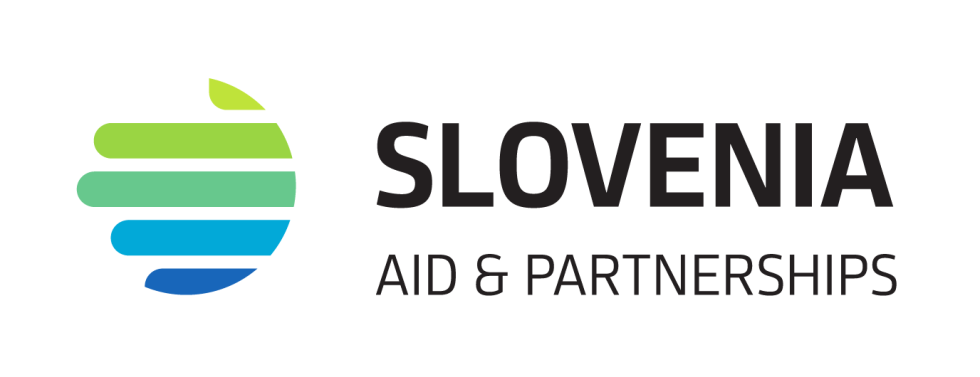Slovenian ODA amounted to EUR 152 million in 2024
Preliminary figures for ODA in 2024, published yesterday by the Organisation for Economic Co-operation and Development (OECD), based on reports from OECD member countries, show that contributions fell by 7.1% in real terms, compared to 2023, to USD 212.1 billion.
The drop was partly due to the higher contributions to international organisations (+10.9%), mainly to the World Bank’s International Development Association and to the IMF Resilience and Sustainability Trust in 2023. At the global level, bilateral aid also fell by 5.8% due to a decrease in aid for Ukraine, lower levels of humanitarian aid and the costs for hosting Ukrainian refugees.
In 2024, Slovenia allocated EUR 151.97 million or 0.23% of its GNI to ODA. Taking into account the increase in the cost of living, this is approximately 1.8% less than in 2023, when this amount was EUR 152.71 million.
In the year of growing humanitarian needs around the world, Slovenia increased its humanitarian funding. For 2023 and 2024, it earmarked EUR 14.07 million and EUR 14.59 million respectively for humanitarian aid. The war in Ukraine and the conflict in Palestine accounted for a significant share of this type of aid. At the global level, the share of humanitarian aid in 2024 remained the same, but decreased by 9.6% in nominal terms.
Slovenia’s allocation for multilateral development assistance in 2024 was almost 12% or EUR 98.83 million higher than the year before, with EUR 86.70 million representing Slovenia’s share of the EU budget for development cooperation and emergency humanitarian aid.
In 2024, Slovenia focused its bilateral development cooperation funding in the amount of EUR 53.14 on priority geographical areas – the Western Balkans, the European Neighbourhood and Sub-Saharan Africa – and allocated over 39% of the total or EUR 21.10 million to the Western Balkans. The main beneficiaries were North Macedonia (EUR 7.71 million), Serbia (EUR 5.15 million) and Bosnia and Herzegovina (EUR 5.06 million). Slovenia increased its bilateral assistance to the European Neighbourhood by 25%, from EUR 11.09 million to EUR 14.04 million – primarily for Ukraine and Palestine.
EU members of the Development Assistance Committee of the Organisation for Economic Co-operation and Development (OECD DAC) contributed 42% of the total ODA. The contribution of the 22 EU member states that are also OECD DAC members fell by 8.6% to USD 88.7 billion in comparison with 2023, bringing the ODA share of OECD DAC members to 0.47% of GNI.
Preliminary figures show that the US was the largest donor among OECD DAC members, accounting for 30% of total ODA, followed by Germany, the UK, Japan and France. Together, these donors accounted for 69% of the total ODA of OECD DAC members. Denmark, Luxembourg, Norway and Sweden exceeded the UN target of 0.7% of GNI for ODA.
In a 2017 National Assembly resolution, Slovenia committed to allocate 0.33% of its GNI to development assistance by 2030.
All data are preliminary, with final OECD data expected to become available by the end of 2024.


